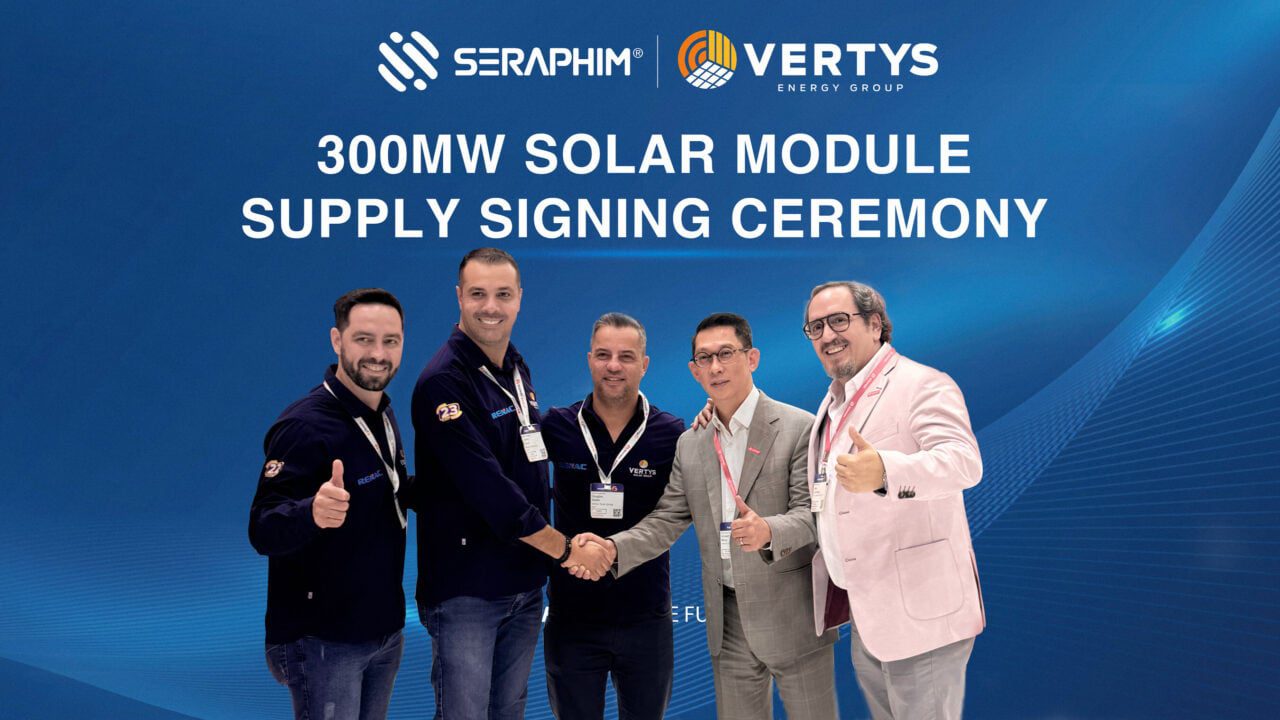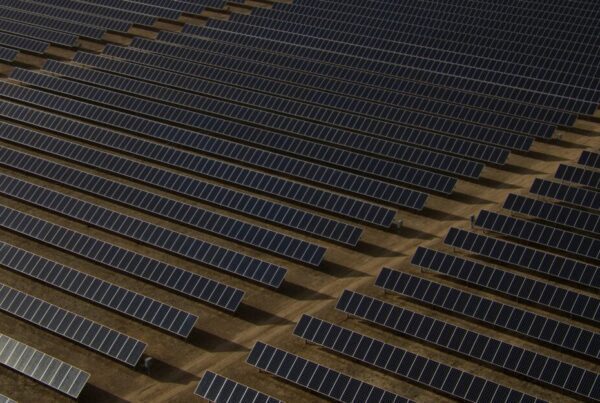
The company said that these products are “perfect choices” for the C&I and utility-scale markets, featuring slim busbar and “innovative” cell technology which reduces power losses and increases bifaciality. Seraphim added that the modules require reduced container space during shipping, which decreases logistics costs.
“Brazil represents a dynamic and fast-growing market with significant potential for solar energy,” said Insan Boy, Seraphim VP of global sales. “By joining forces with Vertys, we are confident that we will make a meaningful impact in driving the regional energy transition.”
TOPCon modules are taking over the mainstream of the PV industry as almost all of the major module and cell manufacturers shift from p-type to n-type production, led by TOPCon. According to the International Technology Roadmap for Photovoltaics (ITRPV), n-type TOPCon modules will account for over 60% of global market share by 2026.
In Q4 2023, Brazil imported 5,022MW of solar PV modules, the most of any quarter in its history according to data from Brazilian PV research and consultancy firm Greener. This topped off a year which saw 17.5GW of panels enter the country, a 300MW decrease from the previous year.
Over 2023, the utility-scale solar sector represented a larger proportion than in previous years, both in module imports and commissioned solar capacity. So far this year, two large-scale PV projects have come online: the 531MW Mendubim project in Rio Grande do Norte and the 360MW Marangatu project.
Earlier this week, Belgium-based solar recycling company PV Cycle announced a partnership with Brazilian solar recycling firm SunR to support the management of waste and decommissioned solar modules across the country and the wider Latin America region.





